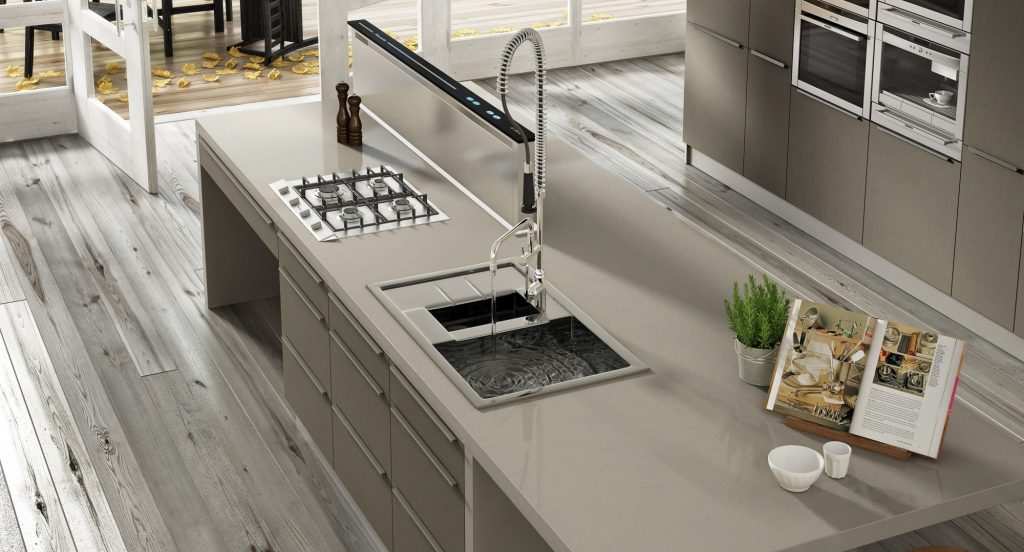Bacteria cause many types of illnesses and can be difficult to get rid of. One way to help prevent the spread of bacteria is to use a bacteriostatic surface. Bacteriostatic surfaces have been treated with a substance that helps stop the growth of bacteria. This makes them ideal for use in kitchens, bathrooms, hospitals, schools, and places where people are likely to come into contact with germs.
Bacteriostatic treatments differ from bactericidal versions as they only stop the growth of bacteria rather than kill them outright. Bacteriostatic surfaces obstruct the cell division process of bacteria so they are unable to reproduce. This means that the population of bacteria on a bacteriostatic surface will reduce over time as they are unable to reproduce.
Benefits of a Bacteriostatic Surface?
Bacteriostatic surfaces have many benefits. They can help reduce the spread of bacteria, making them ideal for use in areas where there is a high risk of illness. They are also easy to clean and disinfect, which makes them ideal for use in hospitals and other healthcare settings. In addition, bacteriostatic surfaces are more resistant to staining and fading than non-bacteriostatic surfaces.
How to Clean a Bacteriostatic Surface?
Cleaning a bacteriostatic surface is similar to cleaning any other type of surface. You just need to use a mild soap or detergent and water. For best results, you should also disinfect the surface with a household disinfectant after cleaning.
Bactericidal vs Bacteriostatic : What’s the Difference?
Bactericidal surfaces kill bacteria while bacteriostatic surfaces stop the growth of bacteria. Bactericidal treatments are typically used in areas where there is a high risk of infection, such as hospitals. Bacteriostatic treatments are more common in commercial settings, such as restaurants, because they help prevent the spread of bacteria without harming people or surfaces.
Bactericidal:
-Kills bacteria on contact
-Can be used on surfaces and people
-Used in high risk areas, such as hospitals
Bacteriostatic:
-Stops the growth of bacteria
-Can be used on surfaces and people
-More common in commercial settings, such as restaurants
Which is better?
Both have their advantages and disadvantages. Bactericidal surfaces kill bacteria on contact, which makes them ideal for use in areas where there is a high risk of infection. However, they can also be harmful to people and surfaces if used incorrectly. Bacteriostatic surfaces stop the growth of bacteria, making them more ideal for use in commercial settings where there is a lower risk of infection. However, they are not as effective at killing existing bacteria.
Looking for Bacteriostatic Worktops?
Stone Connection are a leading supplier of Silestone bacteriostatic worktops in the UK. We offer a wide range of Silestone bacteriostatic worktops in a variety of colours and styles to suit any kitchen. Our Silestone worktops are made from the highest quality natural quarts and are treated with a bacteriostatic agent to help prevent the growth of bacteria. Contact us today to find out more about our range of bacteriostatic worktops.

